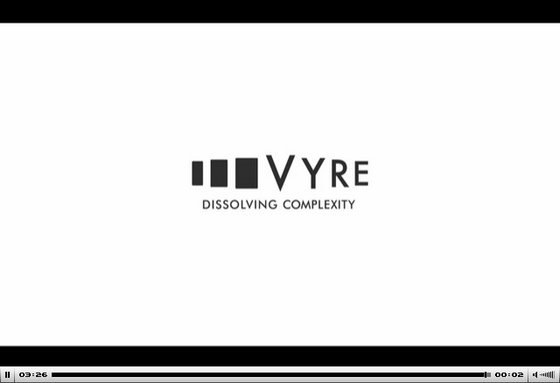IBM Presents the Think App
 From the very beginning, people have tried to improve the world around them. Working at improvement may be a trial-and-error process, but its not random. There is a pattern to the way we improve our world: we see how our world behaves, map what we find, understand causes and effects, believe we can create new outcomes, and act to build and improve the systems around us.
From the very beginning, people have tried to improve the world around them. Working at improvement may be a trial-and-error process, but its not random. There is a pattern to the way we improve our world: we see how our world behaves, map what we find, understand causes and effects, believe we can create new outcomes, and act to build and improve the systems around us.
Computing giant IBM has created the Think App for kids, innovators, and forward thinkers that allows the user to explore how progress works. Through a series of interactive games, charts, maps and the like, IBM takes the user on a journey through the thought process and to inspire them to start seeing, mapping, understanding, believing, and acting themselves. ..
. .





